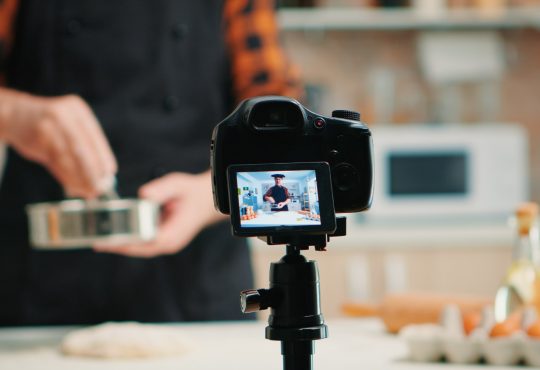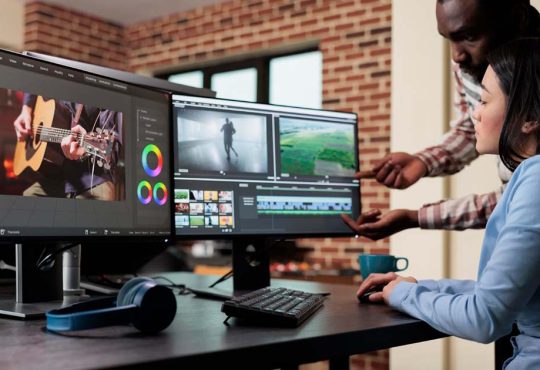
Tips for Shooting High-Quality Interviews
Whether it’s for journalism, documentaries, or corporate videos, the quality of an interview can significantly influence an audience’s perception and engagement. But how does one ensure that their interview stands out in the vast sea of content? Let’s delve into the intricacies of producing top-notch interviews.
Art of Location Scouting
The environment in which you conduct the interview can make or break its quality. When scouting locations, consider potential background noises, lighting conditions, and the overall visual aesthetics. A serene and well-lit environment not only enhances the video quality but also puts the interviewee at ease.
Never Underestimate Your Equipment Checklist
In the world of video production, equipment is king. Ensure you have the right cameras, microphones, and lighting equipment. And don’t forget backup gear! Nothing halts production faster than a malfunctioning piece of equipment. Always test everything before the shoot to avoid any hiccups.
Setting Up the Scene for Maximum Impact
Camera placement is more than just pointing and shooting. Adhere to the rule of thirds and frame your subject appropriately. If possible, use multiple cameras. This gives you dynamic editing options later on. Lighting, too, plays a pivotal role. The three-point lighting setup, consisting of a key light, fill light, and backlight, can dramatically improve the visual quality. And when it comes to audio, opt for lapel or lavalier microphones. They’re discreet and capture voice clearly. Always monitor audio levels to ensure clarity and avoid distortion.
Nuances of Directing the Interview
Building a rapport with the interviewee is the first step in directing a successful interview. Engage in some light conversation before the interview to make them comfortable. As the conversation unfolds, guide it with open-ended questions. Listen actively, and if something piques your interest, delve deeper. Remember, non-verbal communication, like body language, can convey just as much as words. Encourage natural gestures and expressions to make the interview more authentic.
Post-production
Once the interview is in the can, it’s time for post-production – a stage in video production where true magic happens. Edit the footage for clarity and impact, removing any unnecessary parts. B-roll footage can be interspersed to add context and visual interest. Audio enhancements, like cleaning up background noise and balancing levels, are vital for a polished final product. Lastly, color grading and subtle visual effects can give your interview a professional touch, setting it apart from the rest.
Avoiding Common Video Production Pitfalls
Even seasoned professionals can sometimes overlook details. Always be wary of audio issues. Background noises or distortions can detract from the content. Similarly, lighting should be given paramount importance. Relying solely on natural light or using overly harsh lighting can ruin an otherwise perfect shot. And always, always prepare the interviewee. Brief them on the interview’s purpose and format to ensure a smooth flow.
Conclusion
Shooting high-quality interviews is a meticulous process that requires planning, execution, and post-production finesse. By adhering to these guidelines, you’re well on your way to elevating your video production skills and creating content that truly resonates.


